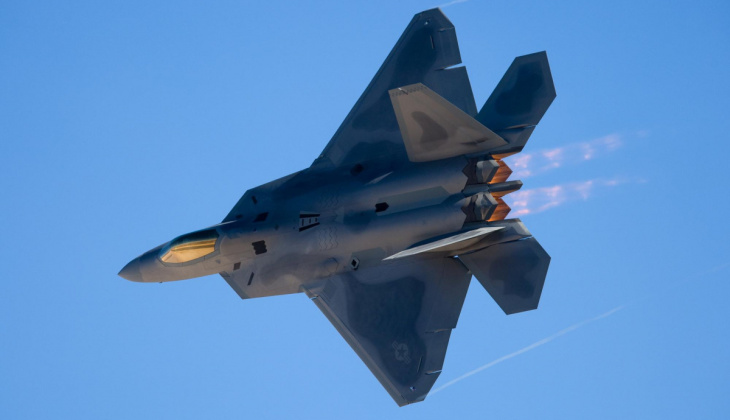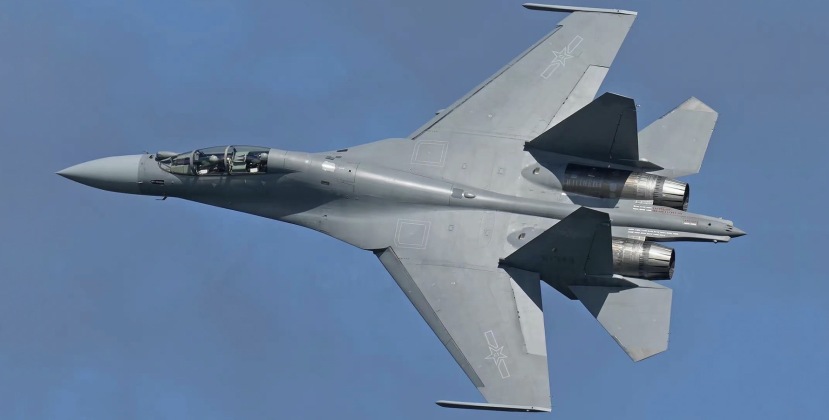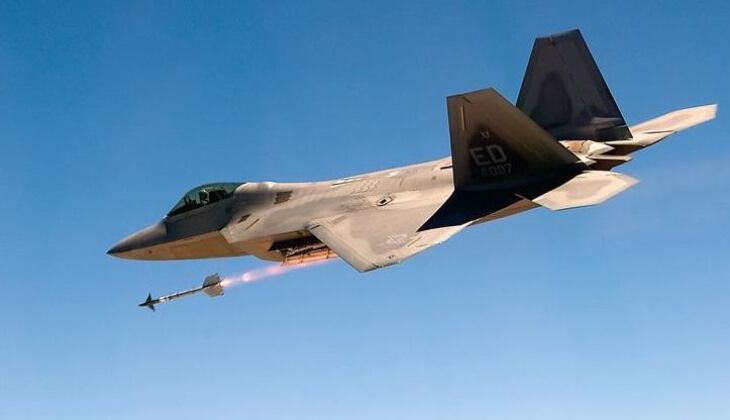News
F-22s Faced Chinese J-16 Fighters at Close Range: Which Would Have Won a Dogfight?
Chinese People’s Liberation Army Air Force J-16 fighters have been reported by state media and by pilots to have intercepted hostile fifth generation fighter aircraft near China’s coastal waters some time in 2024, marking the latest in multiple reported encounters between the world’s two most capable fighter fleets. Although the hostile fighter was not identified, only two non-Chinese fifth generation fighters types are fielded in East Asia, namely the F-22 and F-35, with confirmation that the type involved in the incident “has not appeared near the country’s coastal waters since,” which the F-35 has multiple times, making it highly likely that the aircraft was an F-22. A comparison of the capabilities of the J-16 and F-22 provides significant insight into technological trends in fighter aviation, with the former widely considered a leading contender for the title of the most capable fourth generation fighter type, while the latter is by far the oldest and least advanced of the fifth generation.

If engaging within visual ranges, the F-22’s primary advantage would be its thrust vectoring engines, which allow it to perform extreme manoeuvres far beyond what any other Western fighter type can achieve. The aircraft is also unique in the Western world for its ability to exceed its own critical lift limit line and still fly in the post-stall regime, remaining controllable even when it has ‘stalled’ and begins to lose altitude. The J-16 lacks thrust vectoring engines, but is considered among the most manoeuvrable fighters in the world among those without such subsystems. It inherited a high flight performance from the most manoeuvrable fighter of the Cold War era, the Su-27, on which its design is based, but improves on this with a significantly more modern airframe design with high use of composite materials, superior engines, and more sophisticated flight controls.

The F-22 is expected to retain an advantage in its short range manoeuvrability, potentially giving pilots a signifiant advantage in positioning their aircraft to achieve kills. The fighter nevertheless suffers from one particularly significant shortcoming which leaves it at a disadvantage against most 21st century challengers in visual range combat. Although each F-22 integrates a pair AIM-9X visual range air-to-air missiles with high off boresight targeting capabilities in their side weapons bays, it is the only 21st century fighter type that lacks helmet mounted sights, which prevents pilots from high off boresight targeting, and forced them to physically point the aircraft’s noses at their targets to engage. The J-16, by contrast, integrates PL-10 missiles with superior capabilities to a fully functioning AIM-9X, while its twin seat configuration allows a weapons systems officer to perform targeting when a pilot is enduring high g forces, which can be a particular challenge for single seat aircraft in visual range combat.

High off boresight targeting even in its more limited form achieved in the Cold War has been proven repeatedly during testing to provide fighters with overwhelming advantages in visual range combat. This was most famously demonstrated during NATO members’ testing of former East German MiG-29s against Western fighters, as this new capability was found to have given the MiGs an overwhelming edge. If facing fighters with modern off boresight targeting capabilities like the J-16, the F-22’s lack of such capabilities are expected to more than compensate for its manoeuvrability advantages, and ensure engagements are extremely one-sided favouring the Chinese aircraft. The fact that Chinese fighter pilots on average train for significantly longer hours than their American counterparts is also expected to be an important factor in their favour. While the F-22’s future remains highly uncertain, the possibility remains that the aircraft will belatedly integrate helmet mounted sights to allow them to pose a much more serious challenge in visual range combat.












